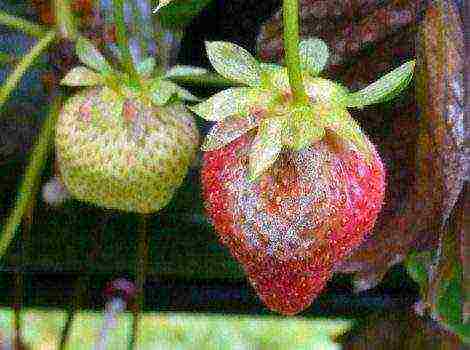Content
- 1 Do I need to dig up mustard sown in the fall
- 1.1 Description and characteristics of mustard
- 1.2 The benefits and harms of the plant, the advantages and disadvantages of using
- 1.3 How to use in a garden bed
- 1.4 Use as green manure for grass and weed control
- 1.5 Do I need to dig up mustard sown in the fall
- 1.6 Benefits of planting as a green manure
- 1.7 The use of mustard cake as fertilizer
- 1.8 Oil cake application
- 1.9 Eating the mustard crop for food
- 1.10 Therapeutic action
Do I need to dig up mustard sown in the fall
When preparing sauces and various seasonings, mustard powder is often used as one of the ingredients. You can do it yourself by growing mustard on your site and grinding its grains. In addition to culinary purposes, the blank is also used in cosmetology, medicine and gardening. The intricacies of growing a plant and whether it is necessary to dig up the bushes sown in the fall will be discussed in this article.
Description and characteristics of mustard
Mustard belongs to the Cabbage family and has a one-year life cycle. There are several types of culture, but the following are especially popular:
- field (wild);
- English (white);
- Sarepta (Russian).
The herbaceous plant in the lower part has a feathery leaf shape, the upper greenery is lobed. The stem height is from 20 to 100 cm... The inflorescences are clusters that combine several small yellow flowers.
The flowering period begins in June and lasts until August. A fruit is formed from a flower in the form of a pod about 3-4 cm long. Its surface is covered with hard hairs. Rounded seeds are placed inside the fruit, from which mustard powder is made.
The rod-type root system penetrates 2-3 m deep into the soil.This factor explains culture resistance to dry weather.
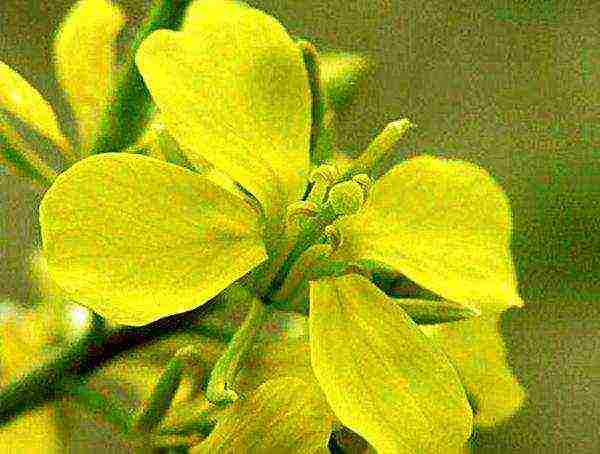
Experts consider Asia to be the birthplace of the plant. Now it is cultivated in many countries, but India is the largest cultivation center. The fruits are collected, dried and sent to various sectors of the national economy.
Main directions - cooking and medicine... In the food industry, processed raw materials become a component for the preparation of oil, the grains are processed into powder, for seasonings or sauces.
In agriculture, the plant is sown as a green manure. Culture enriches the soil with nutrients, improves the structure, makes the soil loose. Mustard has a disinfecting effect, which is important for cleansing the soil environment from bacteria and harmful microorganisms.
The benefits and harms of the plant, the advantages and disadvantages of using
Useful trace elements, essential oils, glycosides and enzymes that make up the culture are valuable not only in cooking, but also in medicine. Mustard possesses antioxidant and anti-inflammatory action, its powder is included in a mixture of masks, compresses, baths and solutions.
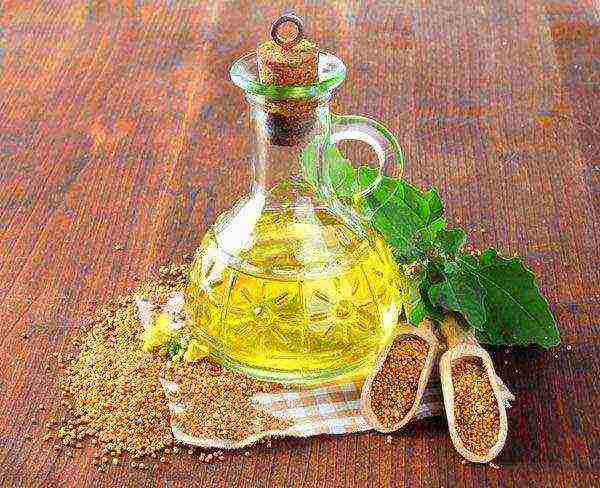
The processed fruits of the plant are beneficial for disorders of the digestive system, flatulence, liver and gallbladder diseases, atherosclerosis, etc.
It is believed that the mustard component in combination with other plants is used as an adjuvant in the treatment of oncology. In addition, the plant has a positive effect on work:
- of cardio-vascular system;
- vision;
- nervous system;
- bone tissue.
Waste is generated in the process of plant processing - cake... It is a brown powder. The composition of the product includes a large amount of micronutrients and essential oils.
Benefits of using:
- plant growing rapidly, unpretentious care;
- intensive growth does not allow weeds to break through in the garden;
- the content of essential oils in the composition creates repelling effect of pests;
- the fruits of the culture have a universal application (in the kitchen, for cosmetic and medical procedures, for disinfecting the soil);
- when it gets into the soil, the grass, if mowed, is converted into humus.
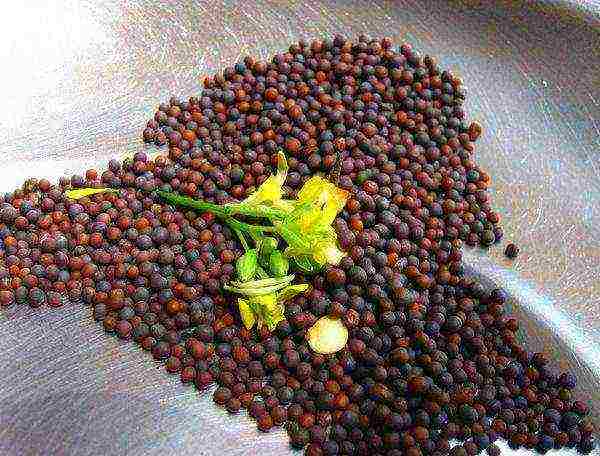
Flaws:
- It has cruciferous diseases, therefore, when using it, the rule of crop rotation is strictly observed;
- the seeds are located on the surface, which attracts birds (there is a possibility of being left without planting material).
How to use in a garden bed
Experienced gardeners appreciate mustard at its true worth, annually allocating a garden bed on their site for culture. Its uniqueness lies in its universal use.
- If any garden bed is covered in spring with a thick carpet of weeds, after harvesting, mustard must be planted in this place, mustard must be planted in this place. By the next season, the soil well cleared of weed seeds, the structure will become loose, which is ideal for the development of the root system of any plant.
- If any larvae, insects that pose a danger to vegetable crops, scab, phytophthora are found in the garden, it is recommended to sow mustard on the contaminated soil. Plant perform sanitary functionsby disinfecting the soil environment from harmful microorganisms.
- The spice coexists well with shrubs, fruit trees, vegetable crops, so it can be safely chosen as a companion. Such a neighbor scares away pests, prevents the spread of weeds and pathogenic bacteria on the site.
- Green mustard can be used as bait... It is enough to bury the greens with a hoe, and the garden bed will be enriched with nutrients. If the land is severely depleted, along with the plant nutrition, you need to introduce compost or water the mowed greenery with "Baikal". This will speed up the decomposition of the fertilizer.
- Treating the soil with mustard oil cake allows you to get rid of onion flies, wireworms and other pests.
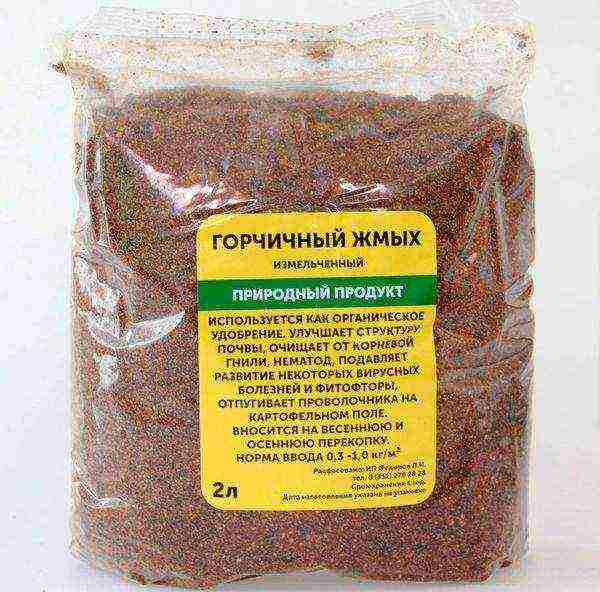
Use as green manure for grass and weed control
The plant can be used as a green manure. The cultivation and harvesting process is somewhat different from the general agricultural technique.
Correct sowing dates in soil
Mustard adapted to any kind of soil, grows worse only in swampy areas. After correct planting for 2-3 weeks, you can forget about seedlings, seedlings will certainly appear, even if the temperature dropped to -5 degrees at night. This will not harm the green mass.
The landing is planned for autumn or spring (at the discretion of the owners), the seeds are laid in the soil in rows, deepening them by 1-1.5 cm. After 3-5 days, the first shoots will appear.
If sowing is scheduled for spring, you can start work after the danger of night frosts has passed, and the daily indicator will be above 10 degrees... Most often this period falls on the month of April. And autumn work should begin immediately after harvest.
To get early shoots in the spring, you need to close the seeds before winter, but there is a high probability of losing it over time. If the event is delayed, the grains thrown into the frozen ground will freeze, and in warm November, the shoots may appear ahead of schedule.
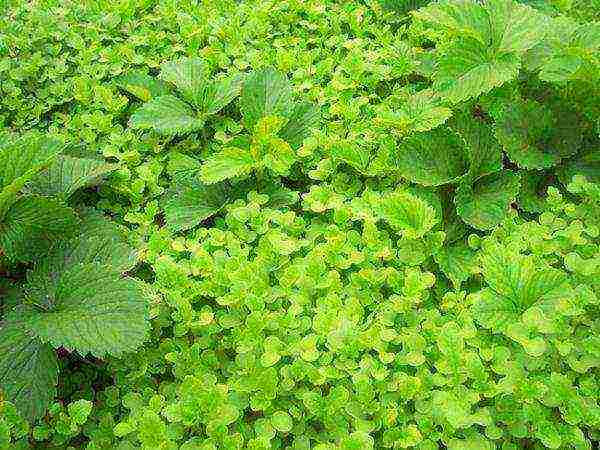
When to clean up
When growing mustard for fertilization, you need to cut greens before the flowering period (about 5-7 weeks old). At a later date, the stems become coarse, which complicates processing.
To obtain grains with subsequent use on the farm, you need to wait for them to ripen in the pods. After flowering, it takes about 5 weeks for the seeds to kick in when shaken. This is the signal that the crop is ready for harvest.
Do I need to dig up mustard sown in the fall
According to experts, young mustard shoots that have emerged in the fall should be dug up not worth it... Under the influence of frost, the grass will settle down, and the soil will cope with the processing of green manure by the spring. In the spring, it will be enough to walk around the site with a rake to close up the remains.
Gardeners' opinion on the need for digging are divided... Some of them believe that such a procedure is needed to speed up the process of decomposition of raw materials.
However, before doing the work, you should familiarize yourself with why and for what purpose, as well as recommendations:
- dig up green manure better at the beginning of autumnso that the plant has time to give the soil the maximum amount of nutrients;
- the highest content of useful microelements is noted at the initial stage of flowering, then it is worth digging;
- turn the removed layer of earth with a shovel so that the grass is completely covered.
Benefits of planting as a green manure
When deciding on sowing mustard as a siderat, it is worth considering that before planting crops belonging to the Cruciferous family, this cannot be done. This can contribute to the transmission of various diseases through the soil.
Siderat is sown in autumn or spring immediately after digging the earth... After that, according to the planned plan, the planting of vegetable crops is carried out.
The green mass of mustard is rich in valuable trace elements, therefore, after embedding in the soil, fruit plants receive a dose of nutrients that contribute to good setting and fruiting.
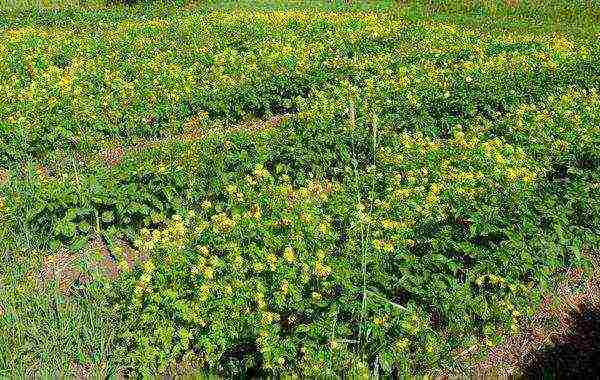
Siderat has the most beneficial effect on such crops:
- strawberries;
- beets;
- peas;
- zucchini;
- potato;
- onion;
- carrot;
- cucumbers.
Spice herbs are also used for pest prevention... Sometimes, before planting seedlings, the siderat grass is mowed or plowed. Such a need arises in cases where vegetable seedlings have a weak root system, which mustard can drown out. You need to say greens before they begin to turn yellow.
The use of mustard cake as fertilizer
One of the available types of organic feeding is mustard greens... Young shoots that have reached age 5 weeks, are saturated with useful microelements, which, when decomposed, enrich the soil with nutrients.
The cost of such a bait is penny, labor costs are scanty. The planted seeds have good germination, so it takes a minimum of time for agricultural technology, you just have to wait for the first shoots to grow, remove the greens and plow the soil.
Useful properties of fertilizer
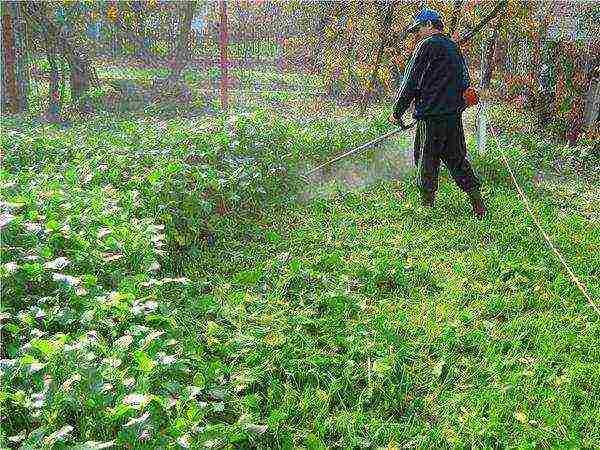
- Fertilizer composition does not have weed seeds, pathogens and pest larvae (as opposed to manure, humus).
- Environmental friendliness of the product.
- Availability phytosanitary properties.
- Increase in soil microbial activity.
- Prevention of erosion formation.
- Universal application.
- Affordable cost.
When to fertilize
You can fertilize the soil late in the season after harvest or early spring... It takes a little time to grow mustard, so you can sow it, for example, after early cucumbers or tomatoes. And it is better to distribute the resulting cake over the garden bed in the fall, enough time will pass for the decomposition of raw materials and the enrichment of the soil with nutrients.
These factors also important for normal vegetation... In addition, young green manure contains a large amount of useful minerals, they have a beneficial effect on vegetable crops.
Oil cake application

The best option for enriching the earth with oilcake is considered autumn input when digging soil... The consumption rate depends on the type of soil and the type of crop planted, the average values are 100-800 gr. per 1 m2... To repel pests, it is recommended to add a little fertilizer to the hole.
When the cake is introduced in the spring before the start of planting, the following effect is achieved:
- the soil structure is improved;
- waste fulfills the functionality of mulch;
- prevention or pest control is carried out.
Eating the mustard crop for food
Mustard has been known to mankind as a seasoning for several thousand years. From seeds, plants make sauces, aromatic and healthy oils, powder, which is included in various spice mixtures and added to food.
When using mustard, an enveloping effect is noted, the microbes in the stomach have practically no chance of survival. Due to its antioxidant properties, the product is used as an adjuvant in the treatment of colds. It has a warming effect and prevents the development of fever.

With all the useful properties of mustard, you should treat it with caution, observe the measure, otherwise you can burn the mucous membrane of the esophagus of the stomach.
Therapeutic action
The healing qualities of mustard were noted in the distant times of Hippocrates. At that time, the seeds of the plant were used as expectorant and antitussive agent... Among other things, the powder was recommended to improve appetite and restoration of the digestive system.
In modern folk medicine, mustard is used to treat the following diseases:
- neuralgia;
- gout;
- disorders of the liver and gallbladder;
- rheumatism;
- bronchitis and pneumonia;
- hypertension, etc.
The agrotechnics of mustard is simple, besides, the plant has green manure properties, which will help rid the soil of pathogens and larvae of various insects. Any owner will find a place even on a modest-sized plot for such a useful culture.

